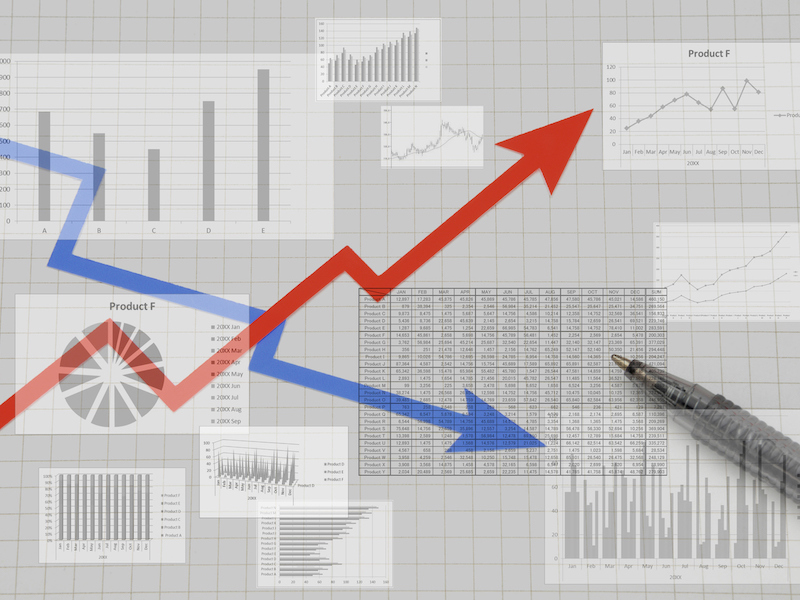
If water-cooler discussions were happening, office workers would be discussing whether recent investor optimism reflects economic reality. The S&P 500 is up more than 13% in the last year despite ongoing economic uncertainty related to the Covid-19 pandemic.
In a report released Monday, CIBC chief economist Avery Shenfeld said the rebound in equity markets has logic behind it, but investor optimism is likely running too high.
He said investors are rightly expressing confidence in the long term, when the virus will have run its course. Further, the equities rally reflects the actions of central banks, which are using monetary policy to lower interest rates and introducing quantitative easing.
Yet there are hazards ahead for corporate earnings, Shenfeld said.
For example, deep recessions often leave permanent scars on subsequent levels of nominal GDP, affecting profits. “Remember that profits are simply the slice of nominal GDP reaped by shareholders, so they too can fail to return to their earlier trend,” Shenfeld wrote.
Another hazard is corporate defaults, which dilute current investors’ share of future profits. So does the selling of corporate assets at recession-level valuations — or selling the company as a whole. Profits per share are likewise diluted when companies issue equity during a downturn to meet interest payments.
A complicating factor is that share buybacks drop off during recessions, so aren’t helping to boost growth in earnings per share.
While investors’ confidence in future corporate results could prove correct in the end, Shenfeld concluded, the recovery will likely have plenty of bumps.
In a weekly financial digest, BMO’s chief economist, Douglas Porter, also used the word “bumpy” to describe the recovery.
Still, he said he was “quietly encouraged” by the early stages of reopening, and he noted some positive economic indicators, including May’s jobs figures.
BMO is one of the least pessimistic major forecasters, Porter wrote, and “we have consistently had huge rebounds in Q3 GDP (now looking for about 40% in both Canada and the U.S.) from the spring depths.”
For full details, read the reports from CIBC Economics and BMO Economics.